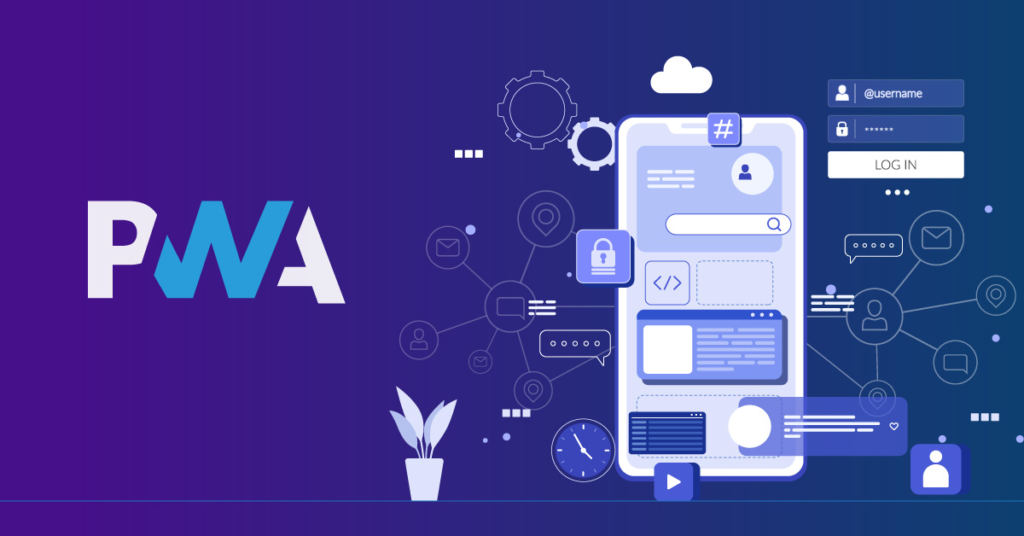Unlocking Business Growth with Cutting-Edge PWA Development
EPA System / News & Eventi

Progressive Web Applications (PWAs) are an emerging technology revolutionizing how businesses develop and deliver their online applications. In this article, we’ll explore what PWAs are, the benefits they can bring to businesses, the differences between PWAs and native apps, key features of PWA development, stages for successful PWA development, choosing the right company for PWA development, and future trends in PWA development. By the end, you’ll be ready to unlock your business growth potential with cutting-edge PWA development.
Understanding Progressive Web Applications (PWAs)
Progressive Web Applications (PWAs) are web applications that offer a native app-like experience but are accessible through a web browser. PWAs combine the best features of web and native apps, providing users with a fast, responsive, and intuitive experience. PWAs can work offline, send push notifications, and access device features like the camera and GPS. This technology has the potential to revolutionize how businesses connect with their customers online.
Benefits of PWA Development for Businesses Adopting PWA development can bring numerous benefits to businesses. Firstly, PWAs are accessible through a simple URL, eliminating the need to download and install a separate app. This means businesses can easily reach a wider audience without relying on app stores.
Secondly, PWAs offer a superior user experience. With their responsiveness and speed, PWAs provide a native-app-like experience regardless of the device or operating system used by the user. This translates to higher user satisfaction and increased likelihood of user retention.
Lastly, PWAs are easier to develop and maintain compared to native apps. PWAs use standard web technologies like HTML, CSS, and JavaScript, which are familiar to many developers. Additionally, PWAs can be updated quickly and easily, without the need to go through the app store approval process. This allows businesses to release new features and bug fixes more efficiently.
PWA vs. Native Apps
A Comparison Now that we have a basic understanding of PWAs, it’s important to compare them with native apps to understand the differences and advantages PWAs can offer. Native apps are developed specifically for a particular operating system, such as iOS or Android, using programming languages like Swift or Java. Native apps can offer an optimized user experience for the device and can access advanced device features, but require download and installation from an app store.
On the other hand, PWAs are accessible through a web browser and do not require download or installation. PWAs are developed using standard web technologies and can work across different devices and operating systems. PWAs offer a responsive user experience and can access device features like the camera and GPS. However, PWAs may not be able to offer the same device-specific optimizations as native apps.
In general, PWAs offer greater flexibility and accessibility than native apps, but may not be suitable for all use cases. It’s important to evaluate your business’s needs and user expectations before making a decision on PWA or native app development.
Key Features of PWA Development PWA development requires implementing some key features to ensure a high-quality user experience. Here are some of the most important features to consider during PWA development:
- Fast and Responsive: PWAs should be quick to load and respond to user actions. This can be achieved by using caching techniques and optimizing code for better performance.
- Offline Functionality: PWAs should be able to function even without a stable internet connection. This can be achieved using Service Workers, which allow PWAs to cache content and play it back when the user is offline.
- Push Notifications: PWAs can send push notifications to users, keeping them updated on the latest news and offers from the business. Push notifications can help improve user engagement and maintain a continuous relationship with them.
- Access to Device Features: PWAs should be able to access device features like the camera, GPS, and sensors. This allows businesses to offer advanced and personalized features to their users.
- Add to Home Screen: PWAs can be installed directly onto the user’s device home screen, providing quick and easy access to the application. This can improve the usability and accessibility of the application.
By implementing these features, businesses can create high-quality PWAs that provide value to their users.
Stages for Successful PWA Development Developing a successful PWA requires careful planning and implementation. Here are the key stages for successful PWA development:
- Requirements Analysis: In this stage, the business must clearly define the goals and requirements of the application. This includes understanding the target audience, required features, and success metrics.
- UI Design: In this stage, the application’s user interface is designed. This includes creating screens, designing interaction, and defining user flows.
- Development: In this stage, the application’s components and features are developed. This may include writing code, integrating with external services, and managing data.
- Testing and Optimization: In this stage, the application is tested to ensure it functions properly on different devices and operating systems. Functionality testing, usability testing, and performance testing are performed to identify and resolve any issues.
- Deployment and Distribution: In this stage, the application is released and distributed to users. This may include uploading the application to a server, publishing it on the web, and promoting the application.
By following these stages, businesses can develop successful PWAs that meet the needs of their users and achieve their business goals.
Choosing the Right Company for PWA Development PWA development requires specific skills and knowledge. When choosing a company for PWA development, it’s important to consider the following factors:
- Experience: Look for a company with a proven track record in PWA development. Review their past projects and assess the quality of their applications.
- Technical Expertise: Ensure the company has the technical skills necessary to develop high-quality PWAs. Inquire about the technologies and tools they use and assess if they are up-to-date.
- Reputation: Conduct thorough research on the company and read reviews from their clients. Look for testimonials from businesses that have developed PWAs with them and assess their satisfaction.
- Support and Maintenance: Ensure the company provides adequate support and maintenance after the application is released. PWAs require regular updates and bug fixes, so it’s important to have a reliable partner to turn to when needed.
Tools and Frameworks for PWA Development There are numerous tools and frameworks available for PWA development. Here are some of the most popular ones:
- React: React is a widely used JavaScript framework for building user interfaces. It is highly flexible and scalable, making it a popular choice for PWA development.
- Angular: Angular is a framework developed by Google for building web applications. It is known for its robustness and large developer community.
- Vue.js: Vue.js is a progressive JavaScript framework for building user interfaces. It is known for its ease of use and fast learning curve.
- Workbox: Workbox is a JavaScript library that simplifies the creation of Service Workers for PWAs. It offers features like advanced caching and network request management.
- Lighthouse: Lighthouse is an auditing tool for PWAs developed by Google. It evaluates performance, accessibility, and other aspects of PWAs and provides recommendations for improving the user experience.
Future Trends in PWA Development PWA development is continuing to evolve, and there are some future trends worth keeping an eye on:
Integration with Emerging Technologies: PWAs may increasingly integrate with emerging technologies like artificial intelligence, augmented reality, and virtual reality. This opens up new possibilities for businesses to offer innovative and engaging user experiences.
- Performance Improvements: PWAs will continue to improve their performance, offering faster loading times and even smoother user experiences.
- Advanced Personalization: PWAs may offer advanced data-driven personalization, offering relevant content and features based on individual preferences.
- Integration with Native Apps: PWAs may increasingly integrate with native apps, offering a unified experience for users.
Progressive Web Applications (PWAs) represent a new frontier in online application development, offering businesses a flexible, responsive, and accessible solution to connect with their users. PWAs offer numerous advantages, including improved user experience, offline accessibility, optimized performance, and ease of distribution. With their responsive design and advanced features, PWAs enable businesses to offer engaging user experiences across a wide range of devices and network conditions. Additionally, the ability to work offline and be updated automatically ensures a smooth and uninterrupted experience for users, thereby enhancing customer satisfaction and loyalty. In an increasingly mobile and connected world, Progressive Web Applications emerge as an innovative and promising solution for businesses looking to offer high-quality digital experiences and remain competitive in the market.


